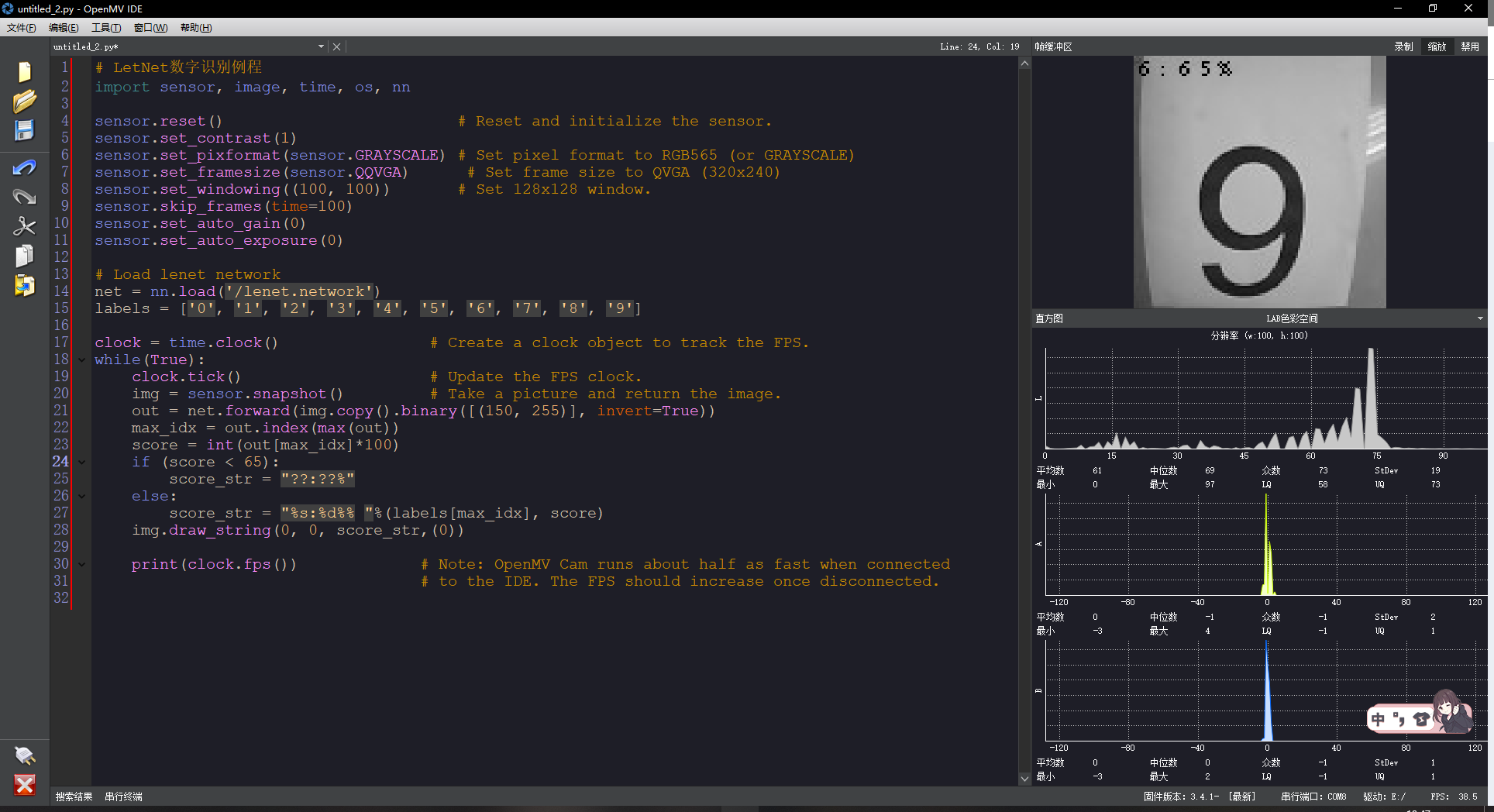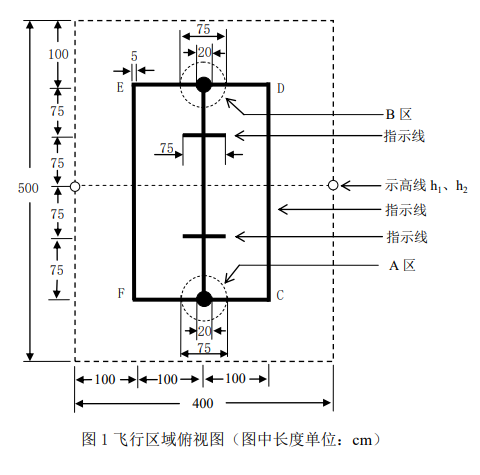
确实这个正确率有点太低了,我也不知道为什么 我是openmvh7+无畸变镜头
代码为
# LetNet数字识别例程
import sensor, image, time, os, nn
sensor.reset() # Reset and initialize the sensor.
sensor.set_contrast(1)
sensor.set_pixformat(sensor.GRAYSCALE) # Set pixel format to RGB565 (or GRAYSCALE)
sensor.set_framesize(sensor.QQVGA) # Set frame size to QVGA (320x240)
sensor.set_windowing((100, 100)) # Set 128x128 window.
sensor.skip_frames(time=100)
sensor.set_auto_gain(0)
sensor.set_auto_exposure(0)
# Load lenet network
net = nn.load('/lenet.network')
labels = ['0', '1', '2', '3', '4', '5', '6', '7', '8', '9']
clock = time.clock() # Create a clock object to track the FPS.
while(True):
clock.tick() # Update the FPS clock.
img = sensor.snapshot() # Take a picture and return the image.
out = net.forward(img.copy().binary([(150, 255)], invert=True))
max_idx = out.index(max(out))
score = int(out[max_idx]*100)
if (score < 65):
score_str = "??:??%"
else:
score_str = "%s:%d%% "%(labels[max_idx], score)
img.draw_string(0, 0, score_str,(0))
print(clock.fps()) # Note: OpenMV Cam runs about half as fast when connected
# to the IDE. The FPS should increase once disconnected.
标准代码
